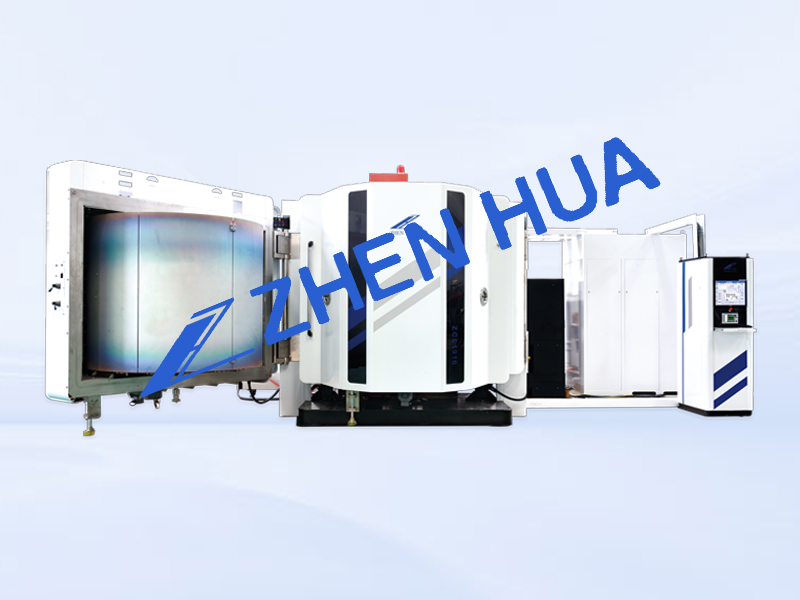There are many types of substrates for glasses and lenses, such as CR39, PC (polycarbonate), 1.53 Trivex156, medium refractive index plastic, glass, etc. For corrective lenses, the transmittance of both resin and glass lenses is only about 91%, and some of the light is reflected back by the two surfaces of the lens. The reflection of lenses can reduce the transmittance of light and form interference images in the retina, affecting the quality of imaging and the appearance of the wearer. Therefore, the surface of the lens is generally coated with an anti reflection film layer, a single layer or multiple layers of film to improve quality. At the same time, consumers have put forward high requirements for the service life, scratch resistance, and cleanliness of lenses. In order to meet the above requirements, the film structure of eyeglass lenses basically includes a hardening layer, an anti reflection layer, an anti-static layer (such as ITO), and an anti fouling layer.
Sunglasses are labor protection appliances for protecting eyes under strong light. Wearing these lenses can block ultraviolet and infrared rays, while the color of the external environment does not change, only the intensity of the light changes. Sunglasses have dyeing, polarizing mirror coating sunglasses, etc., which can exist alone or can be used together. Mirror coating is usually combined with dyed or polarized sunglasses and applied to the outer surface (convex surface) of the lens. The reduced light transmittance makes it very suitable for various water, snow, and high-altitude environments, and also provides users with a cool wearing experience. The mirror coating sunglasses here is mainly to coat metal or dielectric film on the outer surface of the glasses to improve its reflectivity, reduce the transmittance and protect the eyes.
Photochromic glasses are a new type of intelligent glasses that are transparent indoors. Outdoor, due to ultraviolet radiation, the photochromic material on the glasses undergoes a transformation, causing the lenses to darken and greatly reducing the transmittance of light. Returning indoors, the material automatically returns to a transparent state.
With the continuous progress of technology, the demand for optical design, optical lenses, and optical films for glasses such as virtual reality (VR) and augmented reality (AR) is also increasing.
——This article was released by Guangdong Zhenhua Technology, a manufacturer of optical coating machines.
Post time: Apr-14-2023


